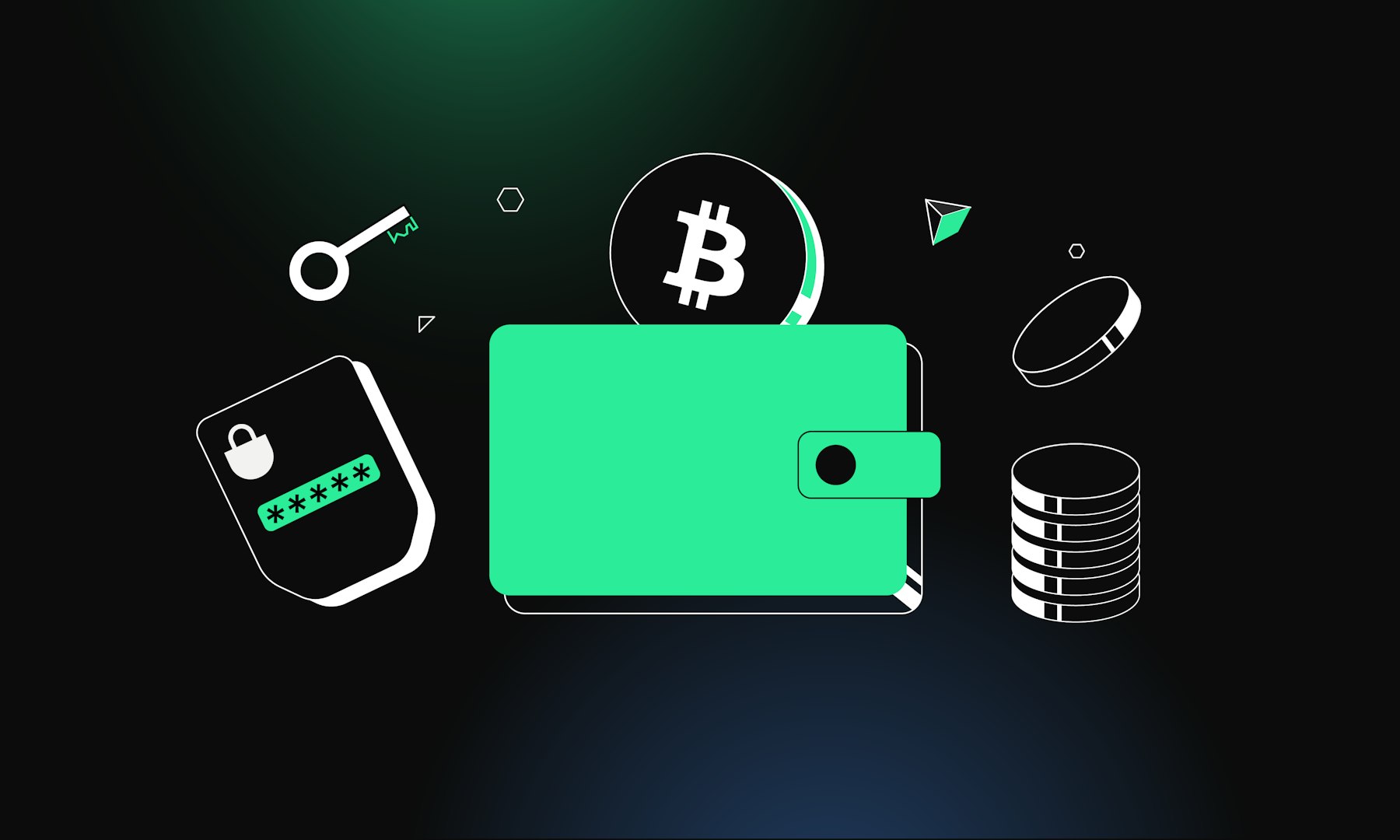How secure are wallet addresses?
Wallet addresses are publicly visible on the blockchain. All transactions are also recorded there, meaning anyone can track the transaction history of your wallet address. Although the transactions are public, wallet addresses are not directly linked to the identities of their owners. This makes wallet addresses quite secure.
Nevertheless, there are sources of error and risk that every wallet owner should be aware of. For example, typos can occur when entering the wallet address to send cryptocurrency, which can lead to the loss of funds. If you copy a wallet address, there can be attacks from viruses that monitor the clipboard and replace the actual wallet address with that of a fraudster. QR codes can also be manipulated. Always check the amount before clicking “Send”. It's also not recommended to use the same wallet address repeatedly, as fraudsters can use the publicly visible transaction history to identify your wallet and attempt to steal your coins and tokens.
Conclusion: the role of wallet addresses in the crypto world
Wallet addresses are much more than just a technical necessity. They're the central point of every crypto transaction. Whether you're receiving assets, sending them or managing your digital wealth: nothing works without a wallet address. In the decentralised world of cryptocurrencies, they take on the role of the account number – only digital, more flexible and usable globally.
Frequently asked questions about wallet addresses
How are wallet addresses generated?
The first step on the way to a wallet address is the generation of a private key by the wallet software or wallet device. Next, a public key is generated from the private key, which is publicly accessible and used as an address. In the final step, the public key undergoes a cryptographic encryption process to create the wallet address.
What is the difference between public keys, private keys and wallet addresses?
The difference between public keys, private keys and wallet addresses lies in the fact that both the public and private keys have different functions and security roles compared to wallet addresses. A wallet address can be thought of like an account number that can send and receive cryptocurrencies. That's why a wallet address can be shared publicly. Keys, on the other hand, especially the private key, are secret codes that no one but you should have. They enable you to sign encrypted transactions and validate and use the cryptocurrencies sent to you.
What is the difference between a wallet address and the seed phrase?
The seed phrase is a set of 12 or 24 words and is used as a backup option to restore the wallet in case of loss or damage. A wallet address, on the other hand, is an address used to send and receive cryptocurrencies. Moreover, unlike the private seed phrase, the wallet address is public.
Can a wallet address be used more than once?
In general, wallet addresses can be used more than once. However, it's recommended not to reuse the wallet address after a transaction for security reasons.
How many wallet addresses can you have?
There's no limit to the number of wallet addresses. Just as a person can own multiple wallets, they can also have either several wallets or one wallet with multiple wallet addresses that can be used for different purposes. To protect privacy and enhance security, using multiple wallet addresses is even recommended.
How do you check the balance of a wallet address?
To view the balance of a wallet address, you need a blockchain explorer, where you enter the relevant wallet address. You'll then see not only the current balance but also the transaction history. Depending on the cryptocurrency or type of token or coin, there are different blockchain explorers.
Want to expand your knowledge about cryptocurrencies and wallets? In the Bitpanda Academy you'll find numerous articles to help you better understand the technical basics, use cases and security aspects. Discover more topics now related to Ethereum, blockchain and the safe handling of digital assets.
